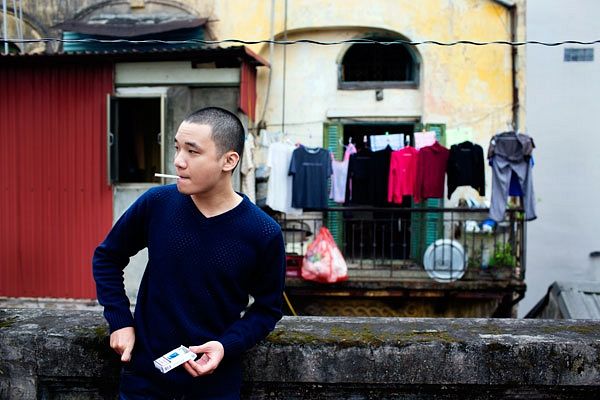Passed over by the likes of Uber and Grab, a Phnom Penh company is filling the city's ride-hailing app gap with a program of its own. Oh, and it’s only for tuk tuks.
The decidedly analog vehicle’s entrance into the digital age is thanks to PassApp Taxi, which has been available for download on iOS and Android devices since October 10, according to Cambodia Daily.
Created by Pop Nimol, the app is meant to bring a dose of order to the country’s informal transportation sector, eliminating price haggling and allowing those in more remote areas to call for a tuk tuk.
Nimol tapped EZGo, the first metered tuk tuk operator in the capital, and the country’s largest assocatiion of tuk tuk drivers, the Independent Democracy of Informal Economy Association (IDEA), as vendors for the app.
Under the scheme, the first kilometer of a ride will set riders back 3,000 riel (US$0.75), with each additional kilometer clocking in at 1,500 riel (US$0.38). According to PassApp Taxi, it keeps 10% of the proceeds while the remainder goes into the pockets of drivers.
The developer also told the newspaper its app has been downloaded over 200 times and has signed up 60 drivers thus far.
As it is the first ride-sharing concept in Cambodia, it may take a while before local customers and drivers firmly grasp the concept.
One driver said that while the app had made it easier to find passengers, he needed to explain to customers how to use it and that the elderly ranks of Phnom Penh’s drivers “don’t really understand the function of this application”.
In addition to further education, other improvements such as a wider network of drivers and better GPS usage are required based on the experience of some users interviewed by the news outlet.
Though first to market, PassApp Taxi will soon be facing competition in the form of Go Tuk Tuk, a similar offering from New York-based entrepreneur Daniel Restrepo that will allow customers to pay with Alipay, Paypal and debit or credit cards. Restrepo also said comprehensive driver training will be at the core of his business model.
[Photo via Flickr user Kee Wee Wong]














